Guitar Barre Chords: Why are they Important?
Does your playing need an extra element of spice? Guitar Barre Chords will provide that kick you’ve been after! Often overlooked as being too difficult, barre chords aren’t actually as bad as you think. Let’s look at how to play them and why they’re important.
Guitar Barre Chords: Why are they Important?
So, you’ve been playing a while and you know there’s something holding you back. No, it’s not tapping, or that you don’t have a custom shop Stratocaster. It’s barre chords! They’re the foundation of wider playing and will no doubt help you improve as a guitarist.
A good understanding of barre chords will open up the fretboard to you, along with virtually endless possibilities. Grab your axe, get tuned up, and stick around.

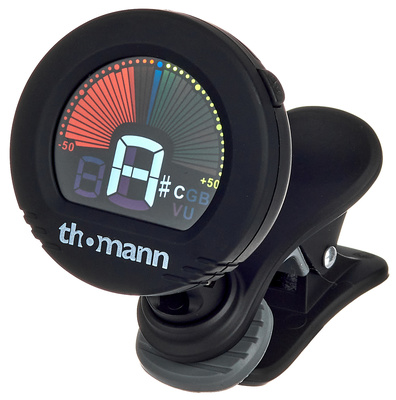
What are they?
To understand how important they are and how to play them, we must first understand what they are.
Open or barre, chords on guitar must contain at least the root, 3rd and 5th. A barre chord is where we use our index finger to cover one fret which covers multiple notes. Moreover, we then use our remaining fingers to make the rest of the chord.
Take a look at this open G major chord, alongside a G major barre chord. Understanding the differences will help us later. Both examples contain our root, G, 3rd B, and the 5th which is D.
How to Play Barre Chords
Having established what they are, we can now look at how to play them on the fretboard.
They can be difficult, but don’t worry though! A thorough practice will help you master the dexterity required for this new skill.
We need to start by placing our index finger across all six strings over a fret. For G major on the low E string, this would be our 3rd fret. From here, we need to make sure that all six strings ring out cleanly. Essentially, we’re doing what a capo does. Or, you can think of it as moving the nut forward. Next, we can play various shapes accordingly to give us various chords.
E Shape
When guitarists talk about an E shape, they are referring to either E major or E minor shapes. There is a rule we can apply to the entire fretboard based on these chords.
Let’s look at A major. For an E shape barre chord, we need to cover the 5th fret of the low E string. A healthy understanding of the notes across the E and A string will help with your playing here.
After covering the 5th fret, we can use our middle, ring and pinkie fingers to recreate an open E major shape. Therefore, A major. Likewise, for an Am chord, we’d simply make an ‘Em’ shape but on the 5th fret.
A Shape
Similarly, an A shape barre chord works around either the A major or A minor chords. Furthermore, we now want to position our index finger on the A string, rather than the E string like before. But, we’re still on the 5th fret.
The string at the top of our index finger determines our root note. So, for A chords, we need to have the A string exposed and not the E string. To do this, simply cover 5 strings instead of six; A,D,G,B,E.
Let’s look at D major and D minor but as A shape barre chords. To achieve a D major, we’d play an A major shape but with our ring finger covering the D,G and B strings. Then, for D minor, play an ‘A minor’ with your middle, ring and pinkie fingers.
Accessibility
As we said earlier, barre chords can open up the fretboard and allow you to play chords that you never thought possible.
Do you have a boring, repetitive chord progression in your setlist? Mix it up with barre chords. Feel free to jump between open chords and barre chords in different sections of the song. This will satisfy you as a player and also provide another sound for your audience.
In terms of playing, electric guitars are best suited for beginners who want to master this new skill. The reduced string tension and narrower frets will make it much easier to tame the beast that is barre chords. Although, a well-sorted dreadnaught acoustic will welcome the sound that they can offer.



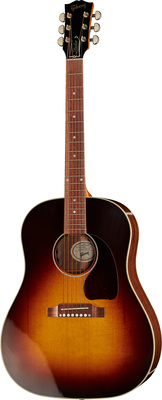
Guitar Barre Chords: Why are they Important?
These chords allow you to move across the fretboard effortlessly. Whether you need them for a new project, or your singer needs a song transposing, you’ll be covered. Did you forget your capo again at band practice? You’ll now be able to whip out some impressive new shapes without the added gear.
Take a look at these well-known tunes, all utilising this effective skill:
What we’ve looked at today is just the tip of the iceberg. Only covering major and minor chords. There’s a whole other world of 7ths, 9ths, major 7ths, and diminished chords out there…
Further Techniques:
Video:
You are currently viewing a placeholder content from YouTube. To access the actual content, click the button below. Please note that doing so will share data with third-party providers.
*Note: This post contains affiliate links and/or widgets. When you buy a product via our affiliate partner, we receive a small commission that helps support what we do. Don’t worry, you pay the same price. Thanks for your support!
2 responses to “Guitar Barre Chords: Why are they Important?”

 5,0 / 5,0 |
5,0 / 5,0 | 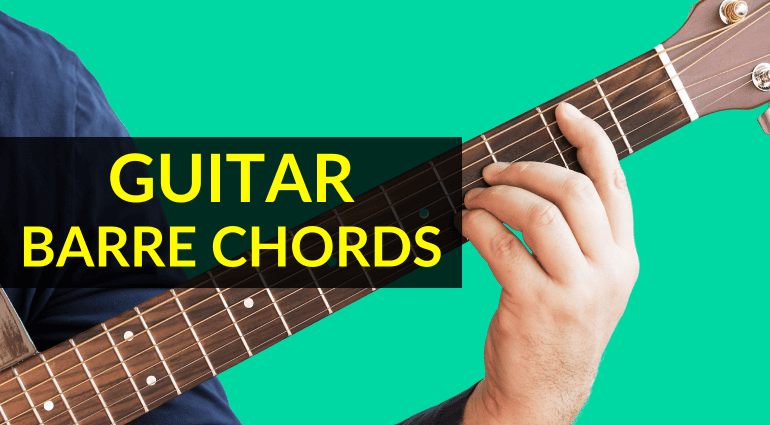


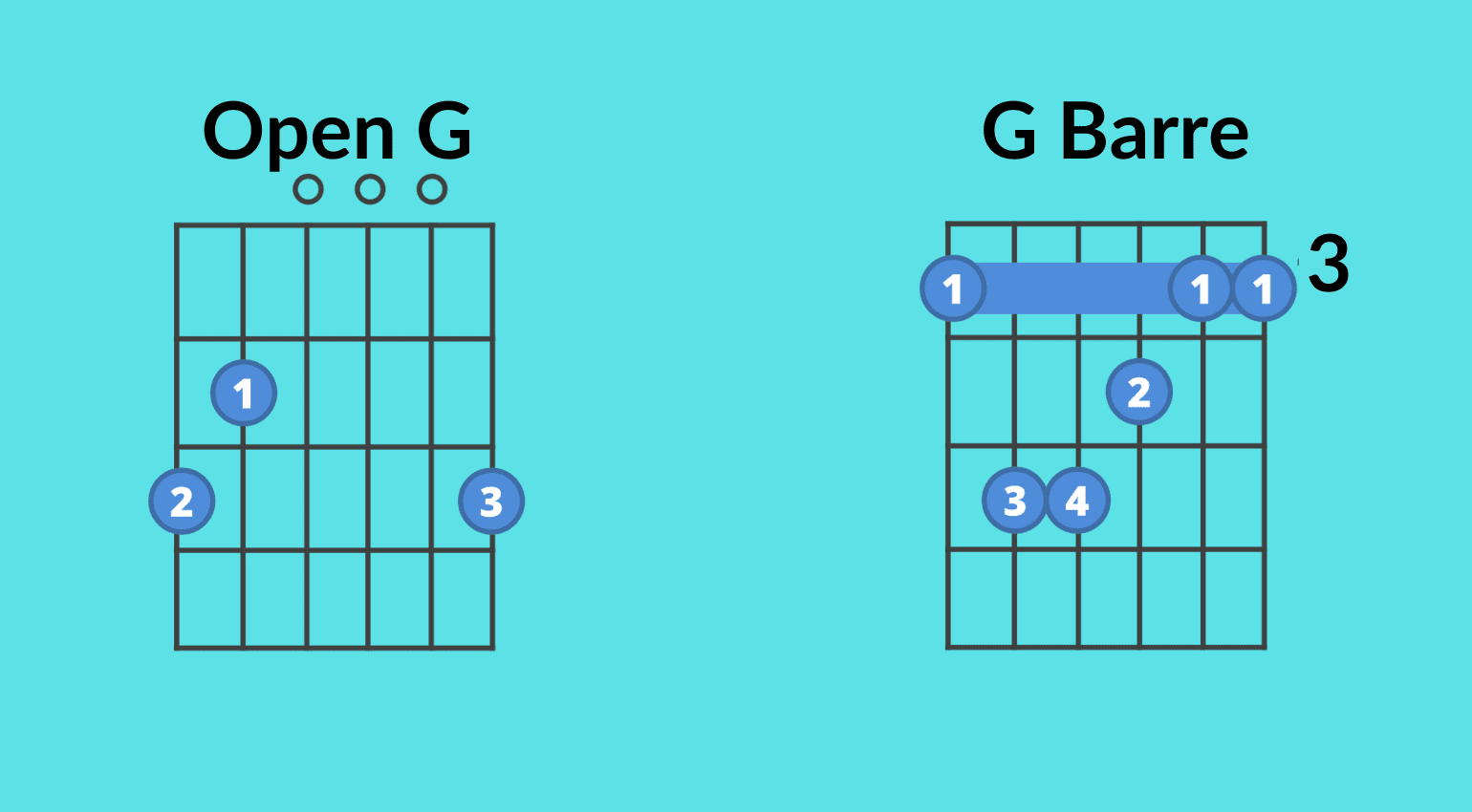
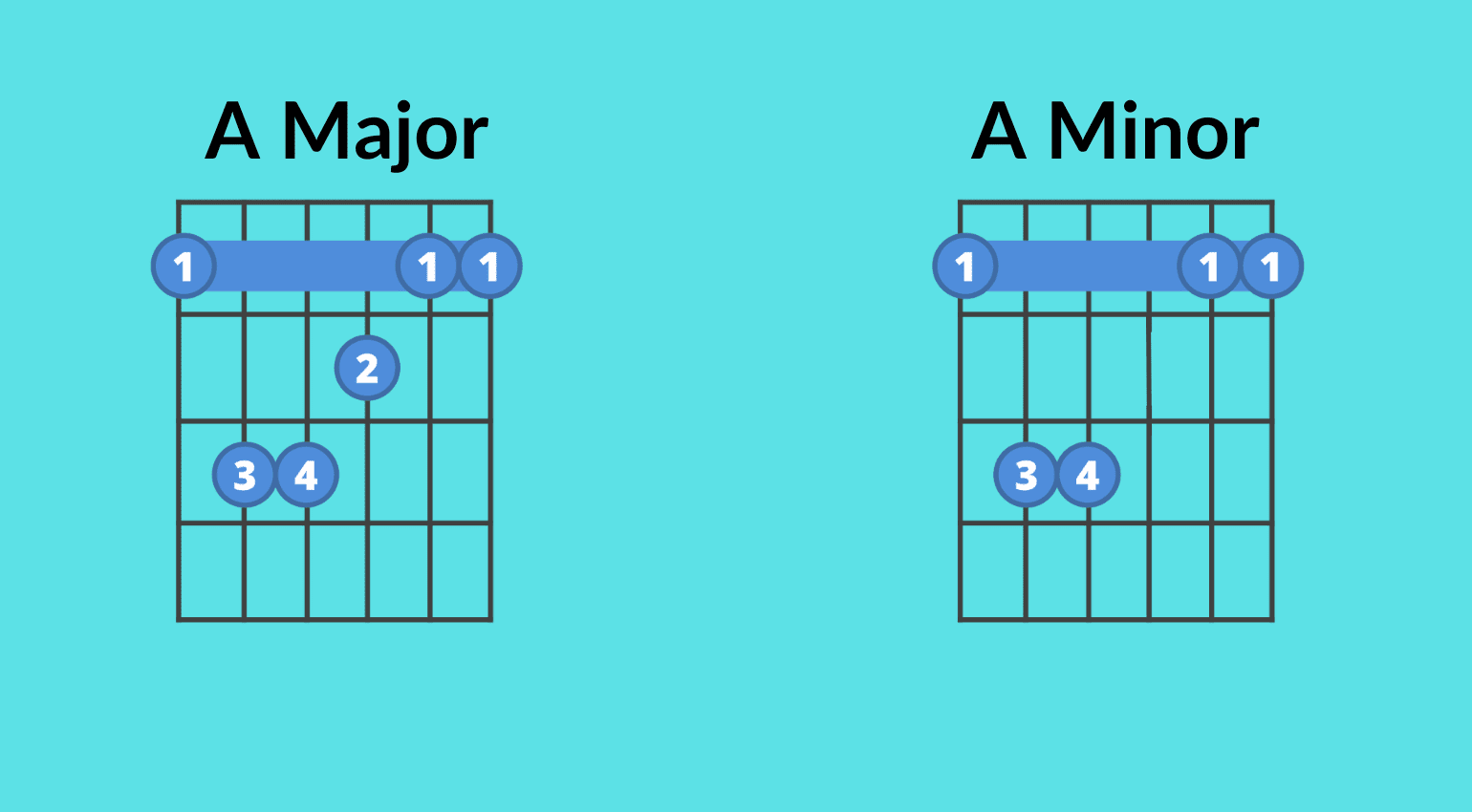
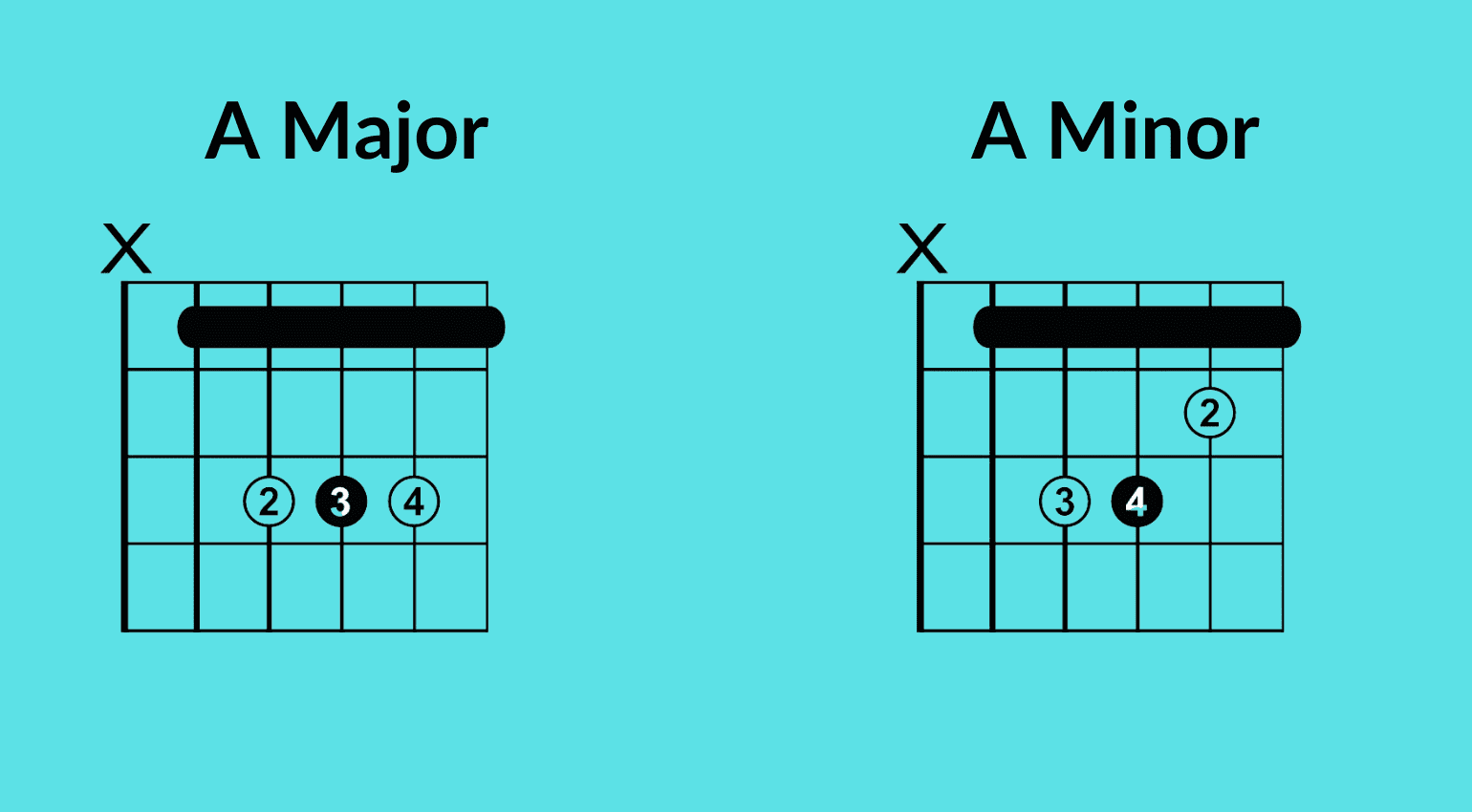
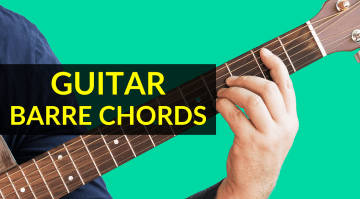

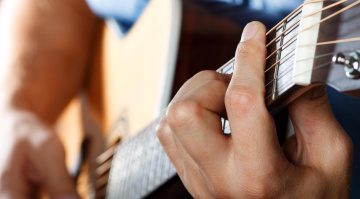
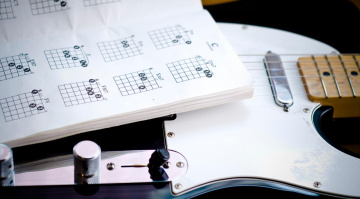
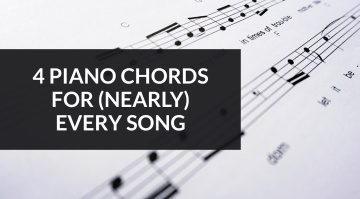
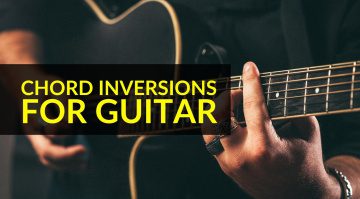

This is good info but I reckon someone who works for gearnews who plays guitar should take another pass over this article.
The fretboard diagrams are wrong. For “G Barre”, the text says “Both examples contain our route, G, 3rd B, and the 5th which is D” — but the diagram shows the 3rd fret of the 3rd string which is B flat, so the chord is G Minor.
There are two diagrams labelled “A Major / A Minor” but the first one depicts E Major and E Minor, which corresponds to the text.
It needs a bit of a proof read too, e.g. “route (note)” should be “root”.
Anyway, it’d be nice to see this article fixed up a bit, because it has some pretty good advice.
Hey, Banjo Pedantson. Thanks for your comment! We agree, the G Minor chord diagram along with the text was incorrect as the photo depicted a minor chord, and as you rightly said has Bb rather than B. This has now been changed to G Major to avoid any further confusion. However, with the A major and minor chords, the diagrams show those chords, using the ‘E Shape’ method to achieve such chords as the text suggests. Likewise, ‘routes’ have been rectified. Thanks again, we’re glad you enjoyed the article.